Using the manufactured crisis of the “scamdemic,” the Democrats have been pushing gargantuan spending bills since The Hologram entered the Oval Office in January. Currently at issue is a $3.5 trillion measure that they advertise as being focused on “social welfare and family aid.” HuffPo refers to it as a “’human’ infrastructure bill” that Democrats seek to pass through budget reconciliation (the reconciliation process is explained here in detail) in order to get around the Republican filibuster in the US Senate by requiring only a simple majority vote instead of the normal 60 votes needed:
The package would include an expansion of Medicare to include dental, vision and hearing coverage; investments to fight climate change; and additional funding for child care and elder care for millions of Americans.
The bill is filled to the brim with Democrat priorities, especially green energy boondoggles, but there is virtually no Republican support for the measure except for a few RINO suspects. In the past, bills of this size and scope were usually passed with bipartisan support. That is not a priority for the Pelosi-Schumer Democrats. Just as they are trying to federalize elections and lock in ballot harvesting and other fraud with HR1/S1, so too are they trying to greatly expand socialism through massive federal giveaways in this bill without any other than token Republican support. Nobody campaigned on these measures, and there is no consensus support other than in the usual biased polls that are used to influence people. In fact, the Democrats are following the Cloward-Piven strategy to bankrupt the country and usher in a “socialist Utopia.” And why wouldn’t they since the modern Democrat Party is nothing but a collection of “democratic socialists” and Communists-by-other names (e.g., the 100-plus members of the “Congressional Progressive Caucus”)? They couldn’t care less about fiscal responsibility and living within one’s means.
The Democrats’ goal is to pass this giveaway to Democrat constituencies and then force a follow-on gigantic tax increase to pay for it (or at least some of it). Everyone – even the RINOs in Congress – know that is the standard Democrat tax-and-spend play, except this time the order is reversed: spend first then tax to pay for it. The Hologram’s tax plan announced in April totaled $1.8 trillion in new taxes. The remaining $1.7 trillion would be deficit spending, with a big spike added to the federal debt.
This is an excellent primer on federal debt:
Federal debt represents the accumulated balance of borrowing by the federal government. The gross debt is composed of debt held by the public and intragovernmental debt held by federal trust funds. To finance the publicly held debt, U.S. Treasury securities are sold to investors. Treasury securities may be purchased directly from the Treasury or on the secondary market by individual private investors; the Federal Reserve; financial institutions in the United States or overseas; and foreign, state, or local governments.
The federal debt is now over $28.5 trillion! Watch the US debt clock increase in real-time here and be shocked and amazed. What is particularly disconcerting is the debt to Gross Domestic Product ratio, which has shot almost straight up since the virus hit our shores:
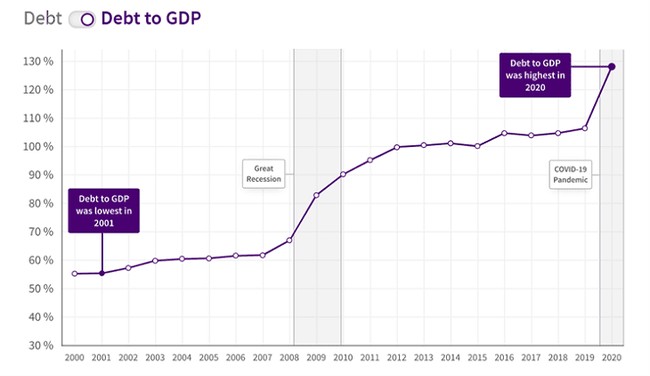
The higher the debt to GDP ratio, the greater the difficulty of being able to pay off the debt in the future, and the US ratio is headed in the wrong direction!
Deficit spending has to stop – not just for the sake of our progeny who will be stuck paying off the debt, but also for ourselves, as we are reaching the point where federal spending will crush economic growth. Additionally, debt servicing – the paying of interest to those who hold the federal debt through bonds and other instruments – is “manageable” at present thanks to historically low interest rates. What happens when those interest rates return to “normal” levels? Current debt service is just under $400 billion per year. That number could easily double which would create real problems for funding federal spending programs including “entitlement” programs like Social Security, Medicare/Medicaid, and federal retirement programs.
Enter the debt ceiling as one measure to slow down federal spending:
The debt ceiling is the maximum amount of money that the United States can borrow cumulatively by issuing bonds. The debt ceiling was created under the Second Liberty Bond Act of 1917 and is also known as the “debt limit” or “statutory debt limit.”
Congress controls the debt ceiling, and Republicans and Democrats have sparred over increasing it many times in recent years. In general, Republicans have tried to put the lid on federal spending increases by using debt ceiling votes to expose spendthrift Democrat proposals and force a semblance of fiscal responsibility:
In 2013, the government was shut down for 16 days after conservative Republicans attempted to defund the Affordable Care Act by leveraging the debt ceiling. An agreement to suspend the debt limit was passed within a day, which was when the Treasury was estimated to run out of money.
The debt ceiling was raised again in 2014, 2015, and early-2017. In Sept. 2017, with U.S. debt exceeding $20 trillion for the first time, former President Trump signed a bill extending the debt ceiling to Dec. 8, 2017. The ceiling was later suspended for thirteen months as part of a bill enacted in Feb. 2018. The ceiling came into effect—and was increased—again in March 2019 when U.S. government debt topped $22 trillion.
In August 2019, former President Trump signed the Bipartisan Budget Act of 2019 that suspended the debt ceiling through July 31, 2021.
A debt ceiling battle royale is in our future, particularly if the Republican leadership in Congress has any desire at all to shut down the Democrats’ gallop toward socialism with all of their gigantic spending bills that they will attempt to pass via the reconciliation process. Republicans need to use the debt ceiling to halt the Democrats’ spend-and-tax plans in order to prevent an economic tailspin in the country. That and the filibuster are just about the only tools left to congressional Republicans (besides enhancing election integrity laws in various states and electing fiscally conservative Republicans in 2022).
The bill is going to come due at some point; there will have to be tax increases to pay for the deficits planned by the Democrats to finance their schemes. Those taxes will be the biggest negative impact on businesses and the economy in general moving into the future. The scale and scope of the federal government is so gargantuan that there will never be a return to fiscal discipline and a balanced budget unless action is taken now. A general economic slowdown is inevitable unless the out-of-control spending stops.
And it will require grassroots pressure to provide the Republicans with the spine and staying power needed to fight off the inevitable Democrat-media onslaught.
The end.
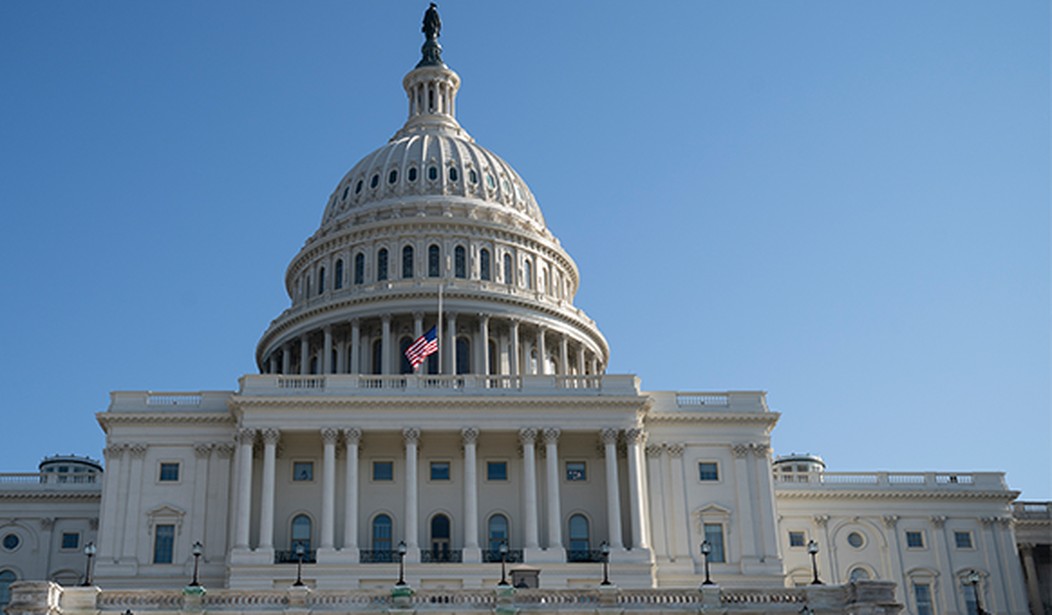





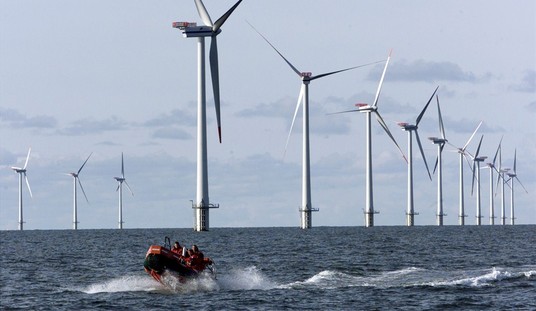
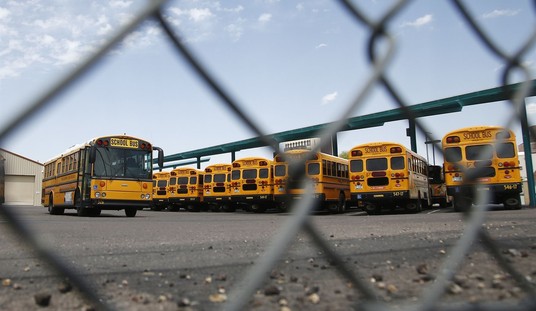
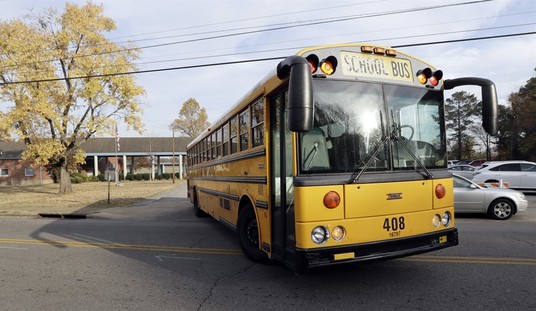


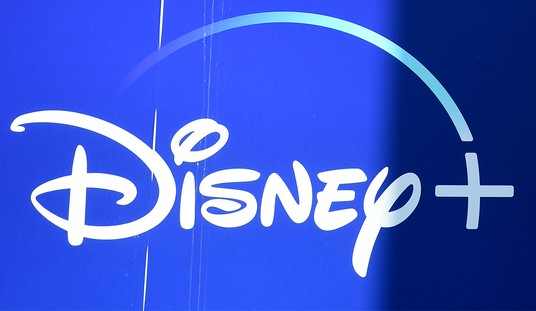

Join the conversation as a VIP Member